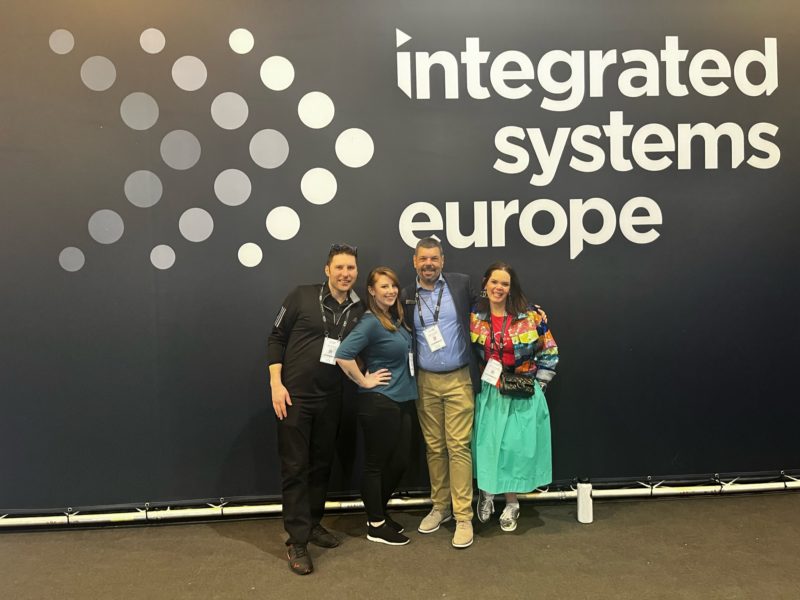Standardization through Custom Programming
One of the bigger issues currently trending in the AV industry is the sentiment that custom control system programming takes too long, costs too much to create, and is not easy to maintain. While there is some truth in this proclamation when looking at one-off programmed solutions, alternative approaches exist that offer very different results.
When looking at AV systems for an organization from a universal or global perspective, the development of a standardization framework can satisfy at least 80% of all system types, while providing a basis for crafting the less than 20% of bespoke systems. Additionally, an investment in standardization offers a solution that addresses many of the ills of custom programming, while still incorporating the customization that provides added value to organizations and clients.
The concept of standardization is not new to the AV control system programming world. User interface and system functionality standards have been attempted in many organizations; however, few have been successful in keeping them maintained and truly consistent. When projects are approached as unique, one-off programs that may be done by the same or different programmers, the result is similar systems that are programmed uniquely and operate differently despite efforts to otherwise achieve uniformity.
Standardization not only applies to the user interface design or system operation, it also applies to the system design and specification of equipment. By designing systems in a standard format and selecting approved equipment that can be easily controlled and supported by pre-developed control system modules or drivers, the idea of one-off systems can be limited to only a small percentage of those high end, custom systems. Even these one-off systems can be programmed consistently and maintain user interface and operational standards.
Standardization involves architecting a custom-programmed solution that is crafted to address the specific needs of a client with the premise of providing a consistent look, feel, and operation while building a foundation for flexibility, adaptability, re-usability, and upgradability. Aside from operational benefits, a standardization framework provides a universal solution that can be easier to maintain, expand, deploy, and support than the alternative approach of one-off, individual system programs. A fully tested and documented standardization framework can be implemented without a programmer’s involvement and can be modified and updated in a fraction of the time that it takes maintain single system programs.
Here’s how it works:
The customized core functionality of the AV system is contained in an over-arching master program also known as the “business logic.” Each mode of operation or component is developed as a modular subsystem that interfaces with the master program, thus supporting the flexibility of enabling, disabling, or changing components based on the specific requirements of varied system types. By architecting the software in this manner, a large number of system permutations can be accommodated within a single code base contained in the standardization framework.
An example of a standardization framework would be described in the following manner. Although presentation functionality may be consistent among all system types within an organization, the inputs and displays may vary. Also, some types may or may not support audio conference mode, video conference mode, web conference mode, or advanced matrix switching to multiple displays. The systems may require control of one or more environmental controls. This could vary from system to system independent of the availability of modes of operation. The ability to support all of these seemly unique system combinations would all be supported by selecting options from the configuration page within a single code base.
Taking this concept further, the make and model of displays, audio conference DSPs, or video conference codecs can be substitutable as long as individual subsystems are developed to support the specific device make and model, and standard operation defined in the business logic.
An internal API would serve as the communication protocol between subsystems and the global business logic. The highly thought-out architecture defined in a standardization framework is built upon communication modules that leverage the power software development languages like Crestron SIMPL#, AMX Duet, and Extron Global Scripter.
Although there are many low cost configuration solutions that allow for creation and deployment of consistent AV systems without the need for custom programming, none offer the flexibility, efficiency, ease of deployment, and cost effectiveness of maintenance and upgrades, with the added benefit of a personalized solution, as a standardization framework.
For more details on how system standardization can benefit your organization or your clients, please reach out to Control Concepts at projects@controlconcepts.net or call (201) 797-7900. We would be glad to provide a free 30 minute initial consultation.
- Posted In:
- AV Industry Trends





